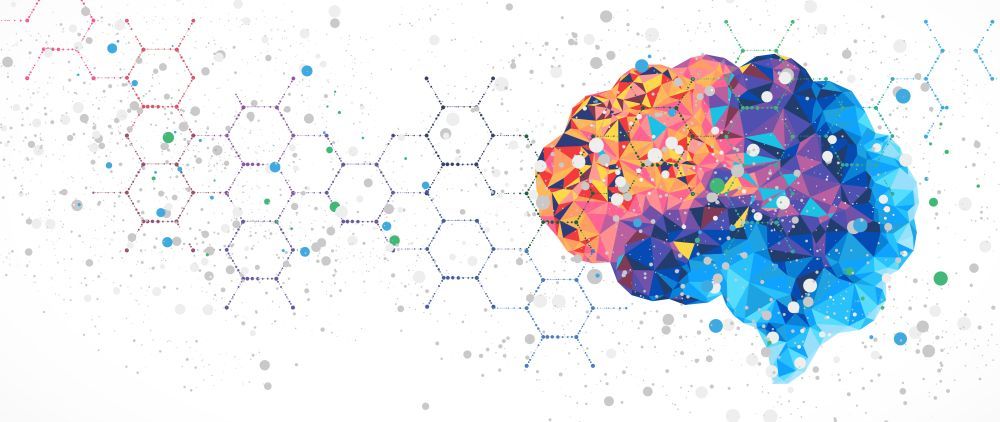Article
Putting a Face on Serious Mental Illness
Author(s):
In recent years, violence has unfortunately become the tragic touchstone that too often draws the public’s attention to mental illness.
Throughout my medical career as a researcher and clinician I have studied and treated serious mental illness (SMI) and the people affected by it. The film, The Realities of Serious Mental Illness,1 grew out of a desire to have factual perspectives about mental illness accessible to a broad public audience. In recent years, violence has unfortunately become the tragic touchstone that too often draws the public’s attention to mental illness. Despite the fact that the majority of individuals with SMI are not violent, the potential for violence is a reality for some people and situations.
Schizophrenia is a uniquely human disorder. There are no diagnostic tests, including modern brain imaging techniques or genetic screens, that can make a diagnosis of schizophrenia: it is a clinical diagnosis. In the film, Michelle graciously shares her experience with the onset of hallucinations and delusions, diagnostic foundations for the disease. Michelle’s story illustrates a key fact: schizophrenia begins in late adolescence/early adulthood. The illness occurs with a similar prevalence around the world, across races and cultures. Approximately 1% of the population suffers from schizophrenia. It is a common disorder that lasts a lifetime.
The introduction of antipsychotic drugs in the 1950s and 1960s was a landmark, not just for psychiatry but also for all of medicine. The exodus of patients from mental hospitals was principally related to the ability of these drugs to reduce core symptoms, less a function of change in social perspective. Statistics in today’s world are anything but comforting: more patients with schizophrenia are in jails than hospitals, and 40% of patients with schizophrenia are untreated. While the patient bears the greatest pain and hardship from the illness, it is family (eg, parents, siblings), who suffer and hurt along with them. An informed and dedicated mother provides her perspective on the illness and its realities in the film.
In searching for policy that could make a difference I found my way to Rep Tim Murphy (R-PA) whose Helping Families in Mental Health Crisis Act, after a long and grinding path in Congress, was signed into law by President Obama. Funding for these reforms to “our broken mental health system” now awaits House Appropriations Committee action. I am grateful to Rep Murphy for his generous time with us in the film.
The film does not focus on science, in large part because there are not many factual scientific “realities” regarding SMI. I touched on two: affinity and partial blockade of the dopamine D2 receptor, a pharmacological effect shared by all known antipsychotic drugs; second, the fundamental genetic underpinnings to these disorders. I will leave it to a future film to sort through scientific “advances” of our era looking for emerging realities.
Disclosures:
Dr Pickar is Adjunct Professor of Psychiatry at Johns Hopkins Medical School and the Uniformed Services University of the Health Sciences. He has founded three companies related to drug development for CNS disorders and serves as a member of the Food and Drug Administration (FDA) Psychiatry Advisory Committee. He is in private practice in Chevy Chase, Maryland. The author reports no conflicts of interest concerning the subject matter of this article.
References:
1. Pickar D. The Realities of Serious Mental Illness.http://therealitiesofseriousmentalillness.com. Accessed March 13, 2017.






